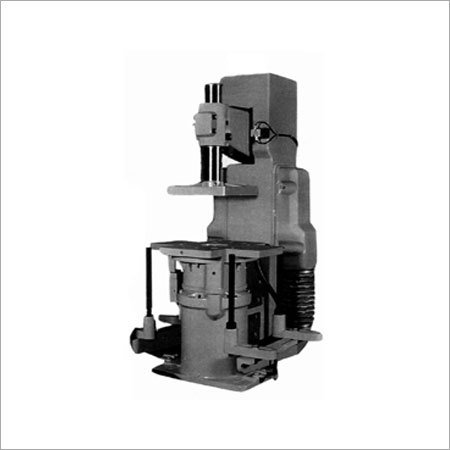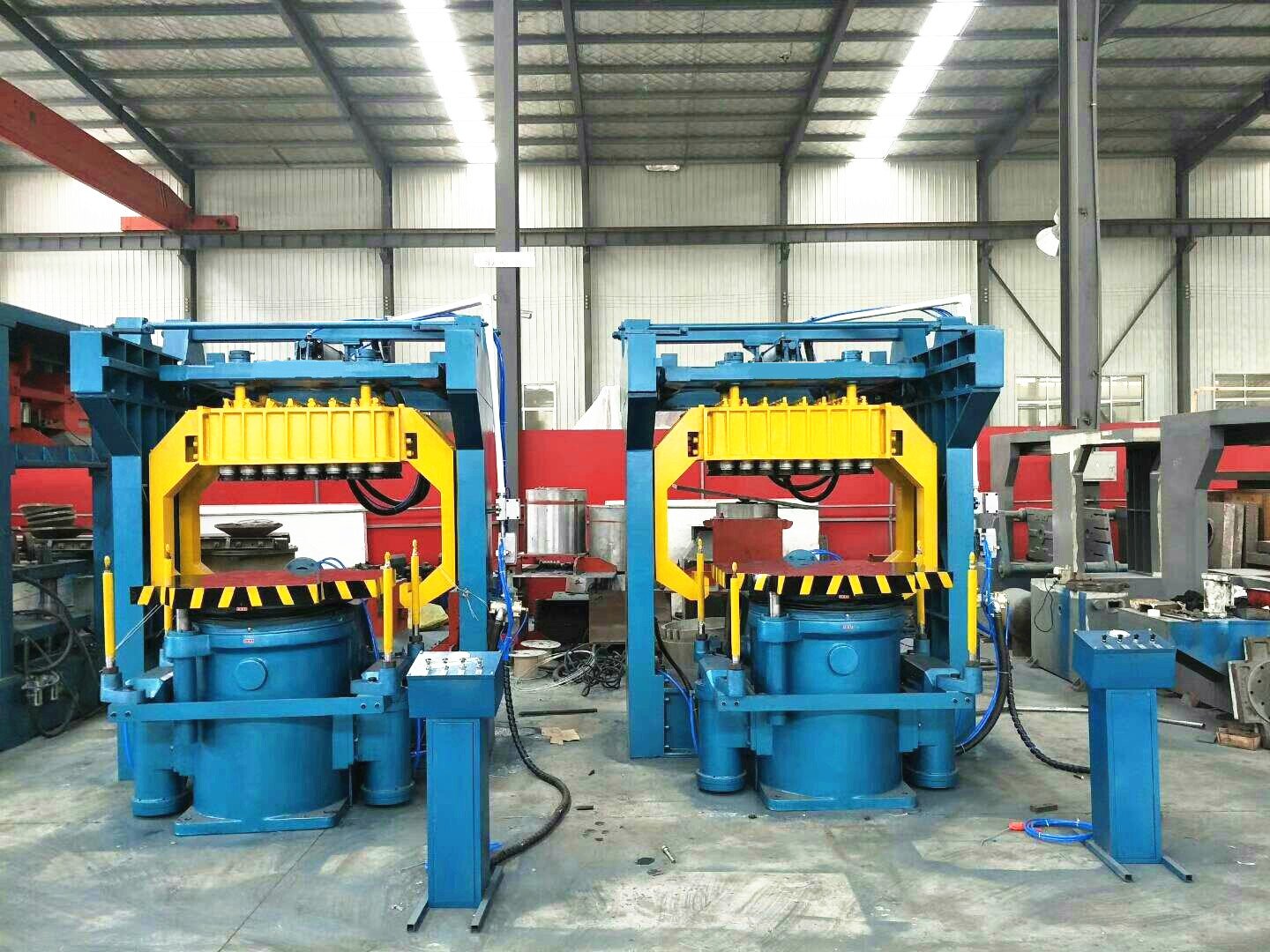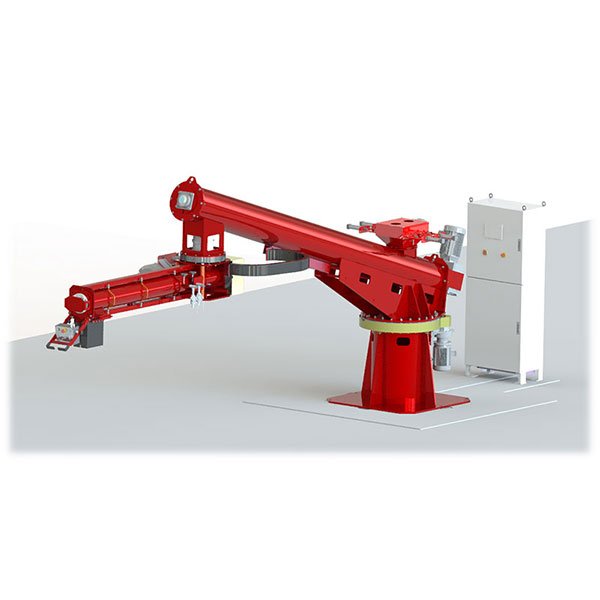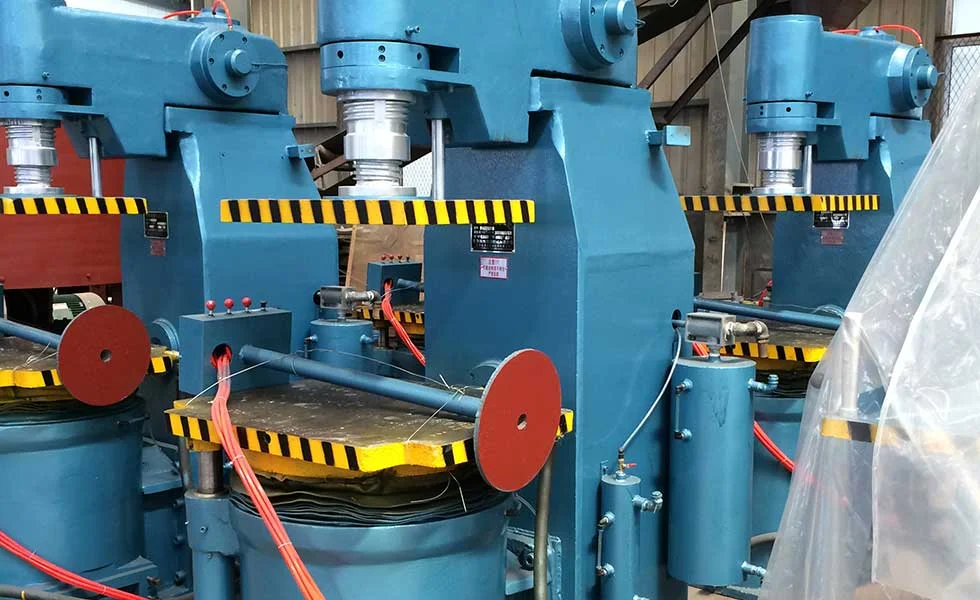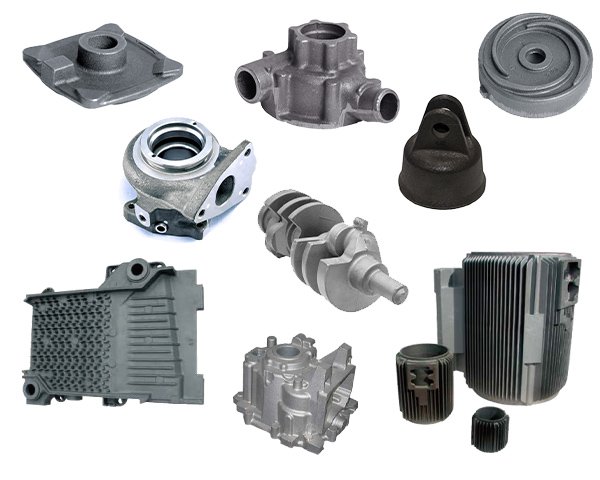
If you’ve ever seen or operated a shot blasting machine, you already know one thing—it’s not forgiving to mistakes. Safety isn’t optional. It’s survival.
Here are the top 5 safety tips every shot blasting machine operator must follow to prevent injuries, reduce downtime, and maintain peak efficiency.
Shot blasting systems may vary, but one thing remains constant—without strict safety procedures, even the best machines can turn dangerous. Let’s walk through the five most essential safety tips I always stress to new operators and clients alike.
1. Why Wearing Proper PPE Is Critical for Shot Blasting Machine Operators?
No matter how advanced your equipment is, nothing replaces basic safety gear. Skipping PPE is like asking for trouble.
Always wear PPE: helmet, respirator, gloves, and blast suit—this gear saves lives from abrasive ricochets and airborne dust.
Proper personal protective equipment (PPE) is your first and most important defense line. In my factory floors and during on-site training, I’ve witnessed near-misses that could’ve turned fatal had the operator not worn a full blast suit and a NIOSH-approved respirator.
Here’s a breakdown of essential PPE:
| PPE Item | Purpose | Notes |
|---|---|---|
| Blast Helmet | Full head and face protection | Should include air-supplied respirator |
| Blast Suit | Full-body protection from abrasives | Heavy-duty material, must be intact |
| Gloves | Hand safety from ricochet and hot parts | Abrasion-resistant preferred |
| Ear Protection | Reduces noise exposure | Noise levels can exceed 100 dB |
| Respirator | Filters fine dust and toxic particles | Regular filter replacement required |
Without PPE, exposure to rebounding abrasives, high noise levels, and dust can lead to serious injuries—eye trauma, hearing loss, silicosis, and even fatal incidents. More importantly, each operator must be trained on how to wear PPE correctly and inspect it daily.
2. Why Regular Maintenance of Shot Blasting Equipment Prevents Accidents?
Ignoring maintenance is like playing Russian roulette with high-powered machinery.
Consistent maintenance reduces hazards by identifying wear and tear before they turn into breakdowns or injuries.

Routine maintenance doesn’t just improve performance—it prevents accidents. I always tell my clients: every loose hose, every clogged nozzle, every malfunctioning interlock is a potential injury waiting to happen.
Essential Maintenance Checklist:
| Inspection Item | Frequency | What to Check |
|---|---|---|
| Blast Hoses & Nozzles | Daily | Cracks, blockage, tight fittings |
| Dust Collector | Weekly | Filter condition, air pressure |
| Motor & Bearings | Monthly | Lubrication, unusual noise |
| Safety Interlocks | Weekly | Proper response and lockout |
| Blast Media Recycling System | Weekly | Abrasive flow, separation efficiency |
I remember a case where a client skipped weekly dust collector maintenance. Within a month, the machine’s internal pressure rose beyond safe limits. Fortunately, the operator had engaged emergency protocols in time, but it cost them three days of downtime and nearly $8,000 in repairs.
3. How Can Proper Ventilation and Dust Extraction Protect Shot Blasting Operators?
Airborne dust is more than a nuisance—it’s a silent threat that damages lungs, blinds visibility, and even ignites.
Use dust extraction systems and air monitoring tools to control dust and protect air quality.
In poorly ventilated shot blasting areas, dust particles quickly become unmanageable. Respirable crystalline silica, found in many blasting media, poses severe health risks if inhaled. Add poor visibility and increased fire hazard, and you've got a recipe for disaster.
What I recommend is a layered approach:
- High-efficiency dust collectors: With HEPA filtration and pulse-cleaning systems.
- Local exhaust ventilation (LEV): Especially at points of abrasive impact.
- Air monitoring systems: CO sensors and particle detectors ensure thresholds are not exceeded.
- Blast room negative pressure design: Prevents dust leakage to adjacent work areas.
Not long ago, we helped a client retrofit their outdated dust extraction system. Within two weeks, air quality improved by 60%, and operator complaints about visibility and breathing issues dropped to zero. It’s not just safety—it’s also better working conditions.
4. Why Safety Training Is Non-Negotiable for Shot Blasting Machine Operators?
Machines follow logic. People need training. That’s where safety starts.
Operators must be trained in startup, shutdown, emergency handling, and safety protocols—skills that prevent disaster.

You can invest in the most sophisticated blasting system, but without trained personnel, it’s a liability. I’ve walked into shops where the machine operator didn’t know how to trigger the emergency stop. That’s unacceptable.
Training Should Cover:
- Startup/Shutdown Sequences
- Emergency Stop Procedures
- Handling Abrasive Media Jams
- PPE Usage & Inspection
- Evacuation Routes & First Aid
Regular refresher courses are also critical. Human memory fades, and procedures evolve. We recommend quarterly drills and annual certification renewals.
My Tip: Post visual training aids near the control panel—color-coded flowcharts or laminated quick guides work wonders.
When operators know what to do in a jam, when to shut down a system, and how to respond during power failures, safety becomes second nature.
5. Why Machine Guards and Barriers Matter in Shot Blasting Safety?
You can’t always rely on reaction time. Sometimes, the machine must decide for you.
Use machine guarding like doors, shields, and interlocks to isolate operators from moving parts and flying debris.
Physical barriers are often overlooked but are one of the most effective layers of safety. In one instance, a machine we sold had a customer who removed the interlock door sensor "just to speed things up"—it resulted in a serious hand injury.
Typical Guarding Mechanisms:
| Guard Type | Purpose | Best Practice |
|---|---|---|
| Safety Doors | Prevents access during blasting | Must have automatic interlock |
| Shielding Panels | Blocks abrasive ricochet | Should be replaceable and transparent where needed |
| Emergency Stops | Halts machine in crisis | Must be within operator reach |
| Blast Cabinet Interlocks | Stops blasting when open | Test weekly |
Don't treat guards as optional. Design them into your workflow. Guards not only protect your operators, but they also protect the company from costly lawsuits, production loss, and regulatory penalties.
Bonus Tip: Why You Should Use a Shot Blasting Safety Checklist?
If it's not on paper, it doesn’t exist.
Checklists help enforce routine safety practices, ensuring nothing slips through the cracks.
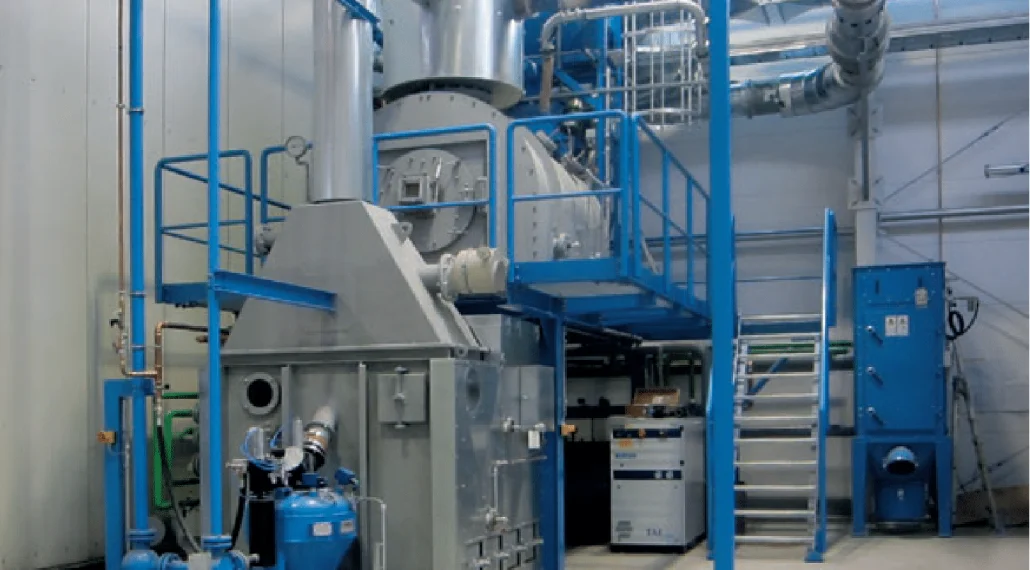
Creating a standardized checklist is one of the simplest and most powerful ways to build safety into your daily workflow. I’ve helped dozens of clients implement daily and weekly safety checklists tailored to their blasting systems.
Sample Safety Checklist Items:
| Task | Frequency | Responsible Party |
|---|---|---|
| PPE Inspection | Daily | Operator |
| Blast Media Level Check | Daily | Operator |
| Dust Collector Filter Status | Weekly | Maintenance |
| Safety Interlock Test | Weekly | Supervisor |
| Ventilation Flow Measurement | Monthly | HSE Officer |
I suggest printing your checklist and posting it next to the control panel. Require sign-offs, date stamps, and even photographs for critical steps.
Conclusion
Safety isn't just compliance—it’s the foundation of productivity. With the right gear, proper training, good ventilation, and routine maintenance, shot blasting becomes not just safer, but smarter.


